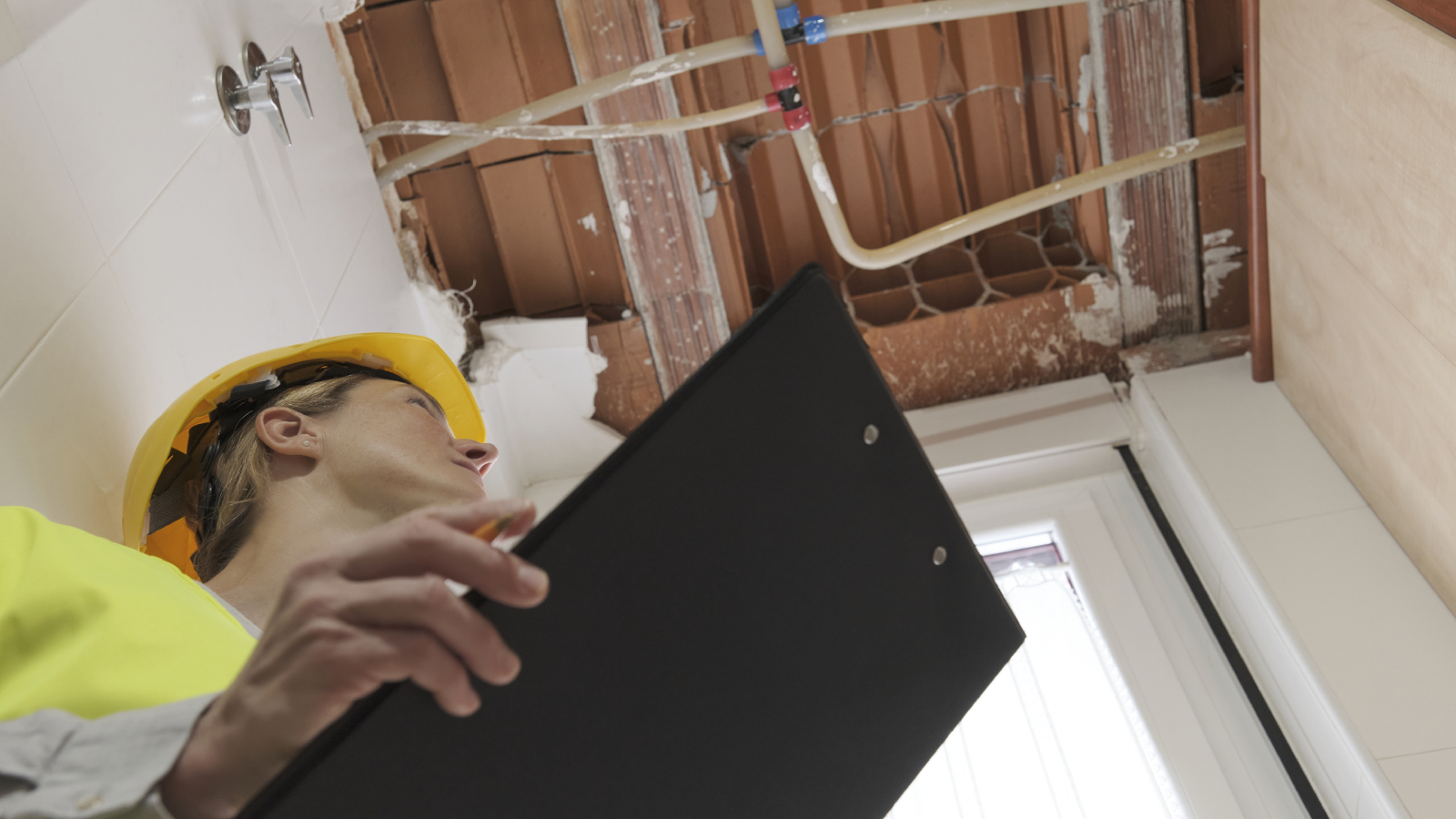Don't cut corners and always measure twice — some of the best advice on offer to avoid making staircase mistakes
Staircase mistakes can be costly, time-consuming, dangerous and inconvenient. We explore the main ones you could make, so you can avoid them
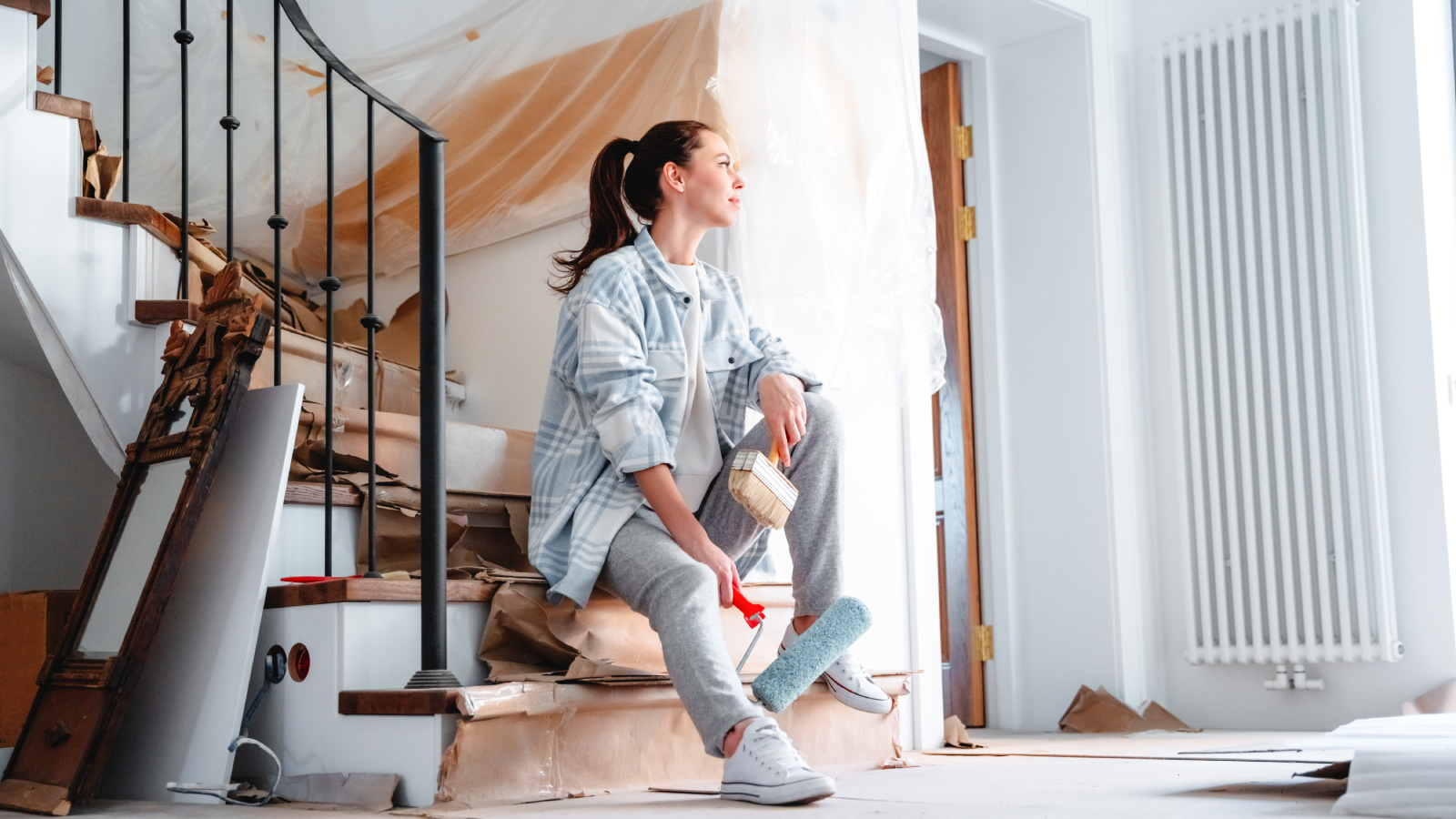
Staircase mistakes aren't always that easy to cover up. Unlike a shoddy paint job where some sanding and re-painting might be enough to hide an error, get your staircase design wrong and you might find yourself taking more than a leap of faith hoping you can fix the problem.
That said, mistakes can often be avoided, so along with the experts, we're here to explain the main staircase mistakes you could make, so you can stay one step ahead and make sure your staircase is perfect in every way.
From measuring through to budgeting, here's how to make sure your staircase mistakes don't ruin your hallway or anywhere else in your home.
1. Measuring incorrectly
When selecting the best type of staircase for your self build, renovation or loft conversion, there's a host of measuring that needs to take place before you place an order.
"One of the most common errors is failing to account for the finished floor levels at both the top and bottom of the staircase," notes Mike Edwards, sales and project developer at Complete Stair Systems.
"Measuring from subfloor to subfloor might suffice if both levels are identical, but any discrepancy can result in a staircase that’s too short or too tall – compromising not just aesthetics, but safety and structural integrity," he warns.
"Another frequent mistake is measuring from floor to ceiling rather than floor to floor," he adds. "This can lead to uneven risers, and in worst-case scenarios, a staircase that simply doesn’t fit."
Bring your dream home to life with expert advice, how to guides and design inspiration. Sign up for our newsletter and get two free tickets to a Homebuilding & Renovating Show near you.
The other consequence of taking the wrong measurements? You could end up with too few, or too many essential staircase parts and your staircase costs could escalate.
“We often see customers who have taken incorrect measurements for their staircases, meaning that they order the wrong number of parts or the staircase fittings don’t quite fit the space," confirms Lucie Levesley, director at Jackson Woodturners
"For example, when working out how many spindles are needed on a stairs and landing, you need to treat all the measurements separately, don’t just add them up. Combining the figures will give you the wrong figures, leaving you with too many or too few spindles for the project.”
“You also don’t calculate spindles on a staircase with the angled measurement; you need to convert this to the going measurement and use this length instead," advises Lucie, suggest that homewners use online guides such as the Jackson Woodurners spindle calculator to work out the spindle spacing and number needed.
The best advice when it comes to measuring for your staircase?
“‘Measure twice, cut once’, is the saying all joiners know, and for good reason," says Kenny Macfarlane, managing director at Handrail Creations.
"Accurate measurements and planning is essential when designing and installing a staircase. The staircase must fit the space and flow in the home, both functionally and aesthetically. Generic measurements won’t suffice," says Kenny. "Bespoke planning is essential."
Mike Edwards has been a sales and project developer at Complete Stair Systems since 2013, a company specialising in spiral staircases, modern staircases, and open stairs, giving Mike a vast amount of knowledge and understanding of what type of staircase best suits a home.

Lucie joined the family business having previously spent time working within the retail space developing expertise in design, marketing and buying. Lucie’s role involves buying and sourcing new products. She also ensures that Jackson Woodturners’ product ranges are up to date on the latest interior design and decor trends.

Kenny Macfarlane is the Managing Director at Handrail Creations. Kenny has worked on some of the most prestigious construction projects in the UK, and is now focused on building a young, enthusiastic and technically fascinating team at the Handrail Creations HQ in Bolton. Handrail Creations is the UK’s leading handrail and balustrade specialist, designing, manufacturing, and installing bespoke hardwood handrails for residential and commercial projects of any size. With an award-winning team, in-house design studio, advanced CNC facilities, and expert installation crews, the company delivers seamless, precision-crafted handrails from concept to completion.
2. Failing to plan ahead
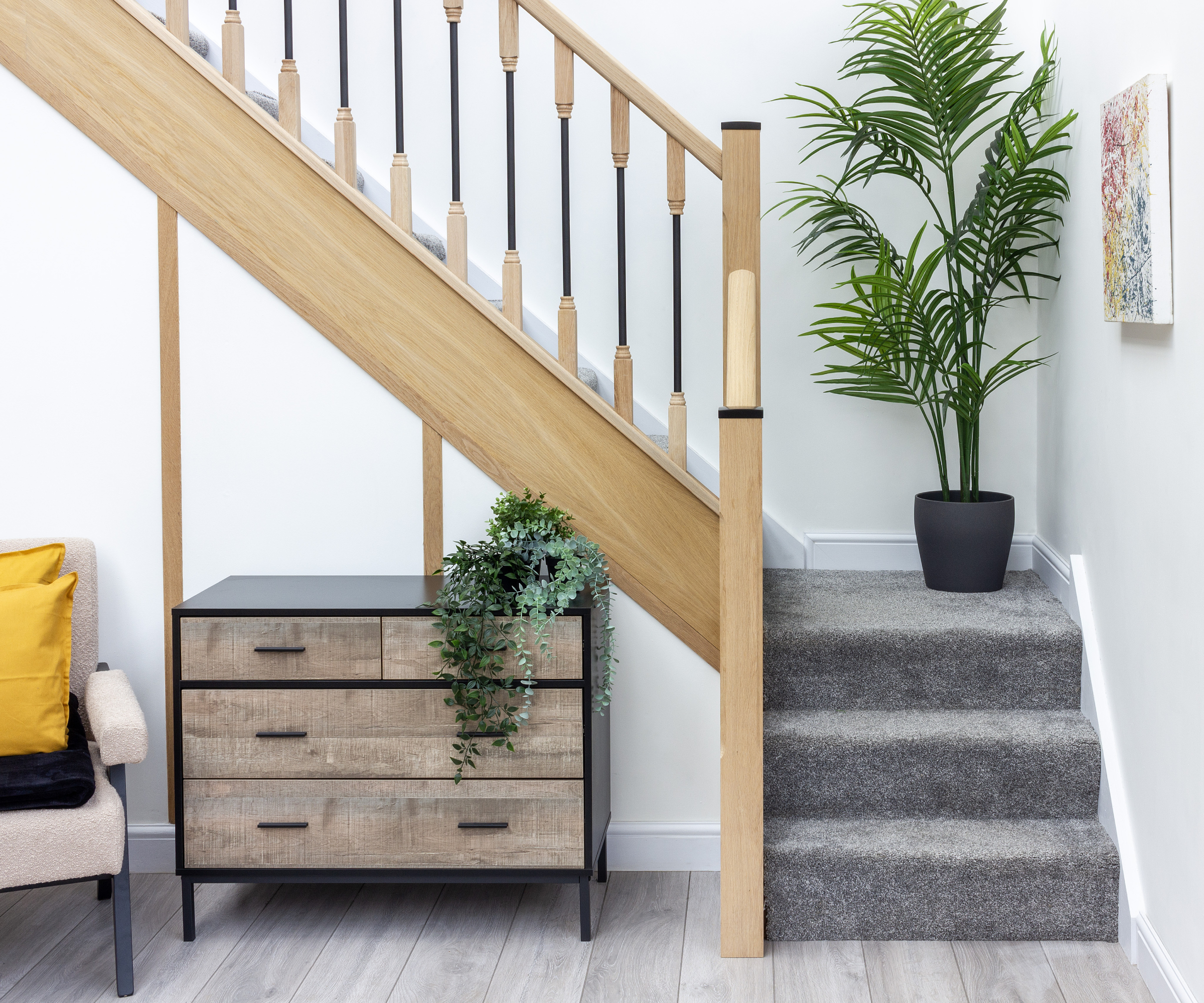
Of course, a common mistake when undertaking any home improvement project is to end up behind schedule, which can lead to you rushing decisions. While this doesn't always matter, picking the wrong wallpaper is one thing, opening your door every evening to a staircase that isn't safe or doesn't fit is a much bigger and costlier problem to resolve.
“Things tend to go wrong when renovators rush into a staircase project without proper research," says Lucie Levesley. "Always decide on the finished style and look of the staircase ideas before you start ordering parts or installing it, and always discuss your requirements with the person who will be fitting the staircase. This ensures you have all the correct components in place to match the fittings you choose.
“For example, the balustrade or handrail required will be impacted by the type of spindles chosen. Spindles come in a variety of styles and measurements, from wrought iron, to wood and even glass panels, each with different measurements and specifications.”
Don't choose one part without checking that all the different elements will work together both on a functional and aesthetic level.
3. Not checking legal regulations
While practicality and the visual appearance of your staircase matter, there are also serious implications if you don't think of other matters too warn the experts.
"Perhaps the gravest mistake is neglecting staircase building regulations," says Mike Edwards. "Even if your project isn’t subject to formal building control, any staircase installation or modification must comply with current standards. Failure to do so could lead to legal repercussions and may even hinder future property sales."
"Consulting professionals is essential when installing a staircase," confirms Kenny Macfarlane. "Compliance needs to be ensured from the earliest design stages of the staircase, as they must meet strict building regulations covering tread depth, riser height, handrail placement and balustrade spacing."
"Balusters (otherwise known as spindles), should be positioned so that the gap between them is no more than 99mm," expands Lucie Levesley. "You can test this by passing a 100mm sphere through the space, and if the sphere can’t pass through, the spacing is correct. This an important safety feature when planning your staircase, especially for those with children and pets."
And, while there is no legal requirement for the width of your staircase, there is when it comes to handrail height.
“UK domestic properties should have a minimum handrail height of 900mm for both stairs and no higher than 1,000mm," says Lucie. "The handrail height on a landing should be the same as it is on a staircase, 900mm to 1000mm above floor level, rather than the pitch of the stairs.
"I often see people mistakenly measure from the pitch of the stairs by mistake, which could mean their staircases aren’t up to code and are more hazardous,” she warns.
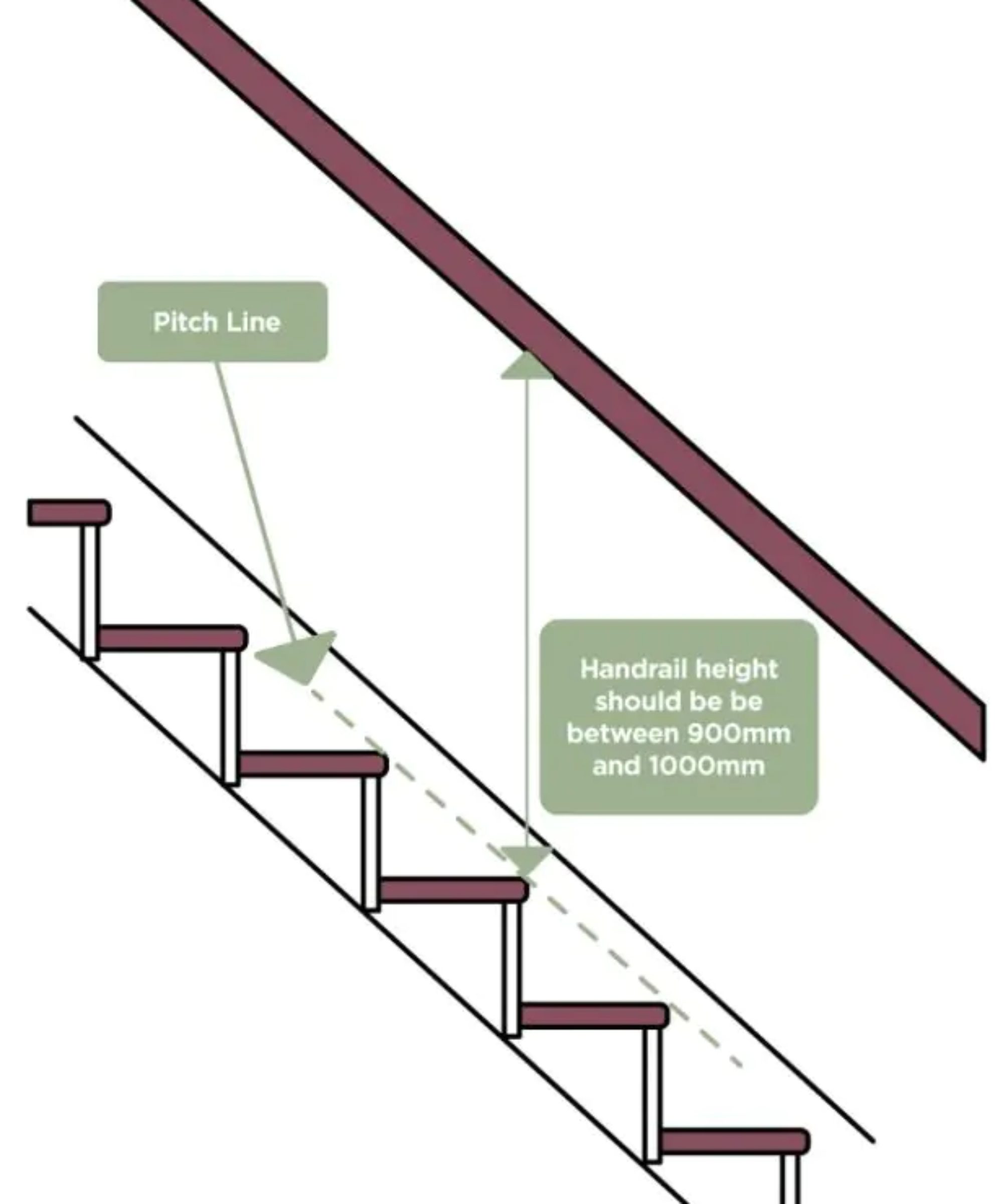
4. Cutting corners
By this, we don't mean literally cutting corners off your treads, but more in the sense of making purchasing decisions you think might save you money. The chances are they will end up being false economy, warn the experts.
"Cutting corners on quality is a mistake many people make when choosing their staircase – not realising the impact the staircase makes as an architectural focal point of the home," says Kenny Macfarlane.
"The devil is in the detail, and while many people opt for keeping the cost low, often opting for DIY kits or cheaper alternatives means more cost down the line to replace the components.
“Staircases that are not made with quality materials and installed by professionals can not only look unfinished, but can end up cracking and wearing prematurely," he warns.
"Investing in a bespoke, professionally fitted staircase is always worth it for longevity, peace of mind, and aesthetic appeal. People are often surprised by the cost of a handrail and balustrade, so when the stairs are designed for purpose from the start, often you’ll save money – even with a continuous handrail and no newel posts.”
Shop these staircase finishing touches
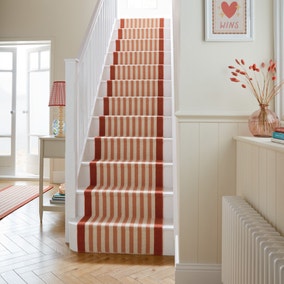
Protect your new staircase and reduce noise with this brightly coloured stair runner

Light the way with these wireless rechargeable stair lights that can be attached to your wall
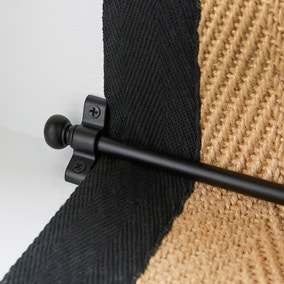
Add detail to your runner with these stylish stair rods available in a range of finishes
5. Choosing style over substance
Although it's easy to get carried away when choosing a staircase that will bring your hallway ideas to life, getting the balance right between style and substance is key.
"While hardwood treads may look stunning, they’re not always the most practical choice for example - especially for older residents, children, or pets," says Mike Edwards. "Carpeted treads offer a softer surface in the event of a fall and provide better grip for paws and feet alike."
That said, making sure the design works with the rest of your home is also paramount. While your staircase is a feature in its own right, cohesive interior design will always result in a better looking home. Even if your overall style falls more into the eclectic category, considered choices will always carry more weight than not.
"Without expert guidance, homeowners often choose staircases that clash with the rest of the property," agrees Mike Edwards. "Closed risers, for example, may block natural light in a dark hallway - a missed opportunity for brightness and openness."
Keen to put your right foot forward with your staircase? While staircase mistakes can apply wherever you're installing them, make sure you follow the additional advice in loft conversion stairs, which can often face additional difficulties in terms of space and size.
And, once your new staircase is in place, if you've opted for a simple unfinished wooden design, check out these painted stairs ideas to bring your new walkway to life.

Sarah is Homebuilding & Renovating’s Assistant Editor and joined the team in 2024. An established homes and interiors writer, Sarah has renovated and extended a number of properties, including a listing building and renovation project that featured on Grand Designs. Although she said she would never buy a listed property again, she has recently purchased a Grade II listed apartment. As it had already been professionally renovated, she has instead set her sights on tackling some changes to improve the building’s energy efficiency, as well as adding some personal touches to the interior.
